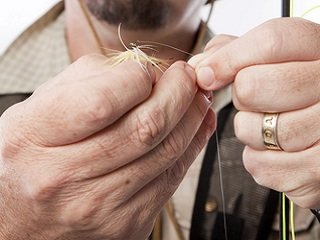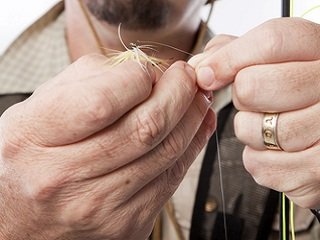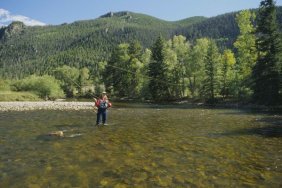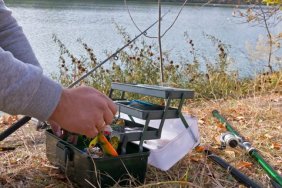 I’ll bet there are several readers who, before Part One of my series on knots, didn’t realize just how crucial the knots we tie in our fishing line can be. Heck, before I started fishing more seriously and worked at a fishing retailer, I didn’t realize just how important they were. Even the smallest oversight or line pulled too tight can lead to slippage or breakage when knots are in question. Today, we continue with Part Two of the series by breaking down a few ways to prevent line slips or breaks from occurring on the water.
I’ll bet there are several readers who, before Part One of my series on knots, didn’t realize just how crucial the knots we tie in our fishing line can be. Heck, before I started fishing more seriously and worked at a fishing retailer, I didn’t realize just how important they were. Even the smallest oversight or line pulled too tight can lead to slippage or breakage when knots are in question. Today, we continue with Part Two of the series by breaking down a few ways to prevent line slips or breaks from occurring on the water.
One great way to prevent slippage and breakage with your knots is to match the knot you tie with the line you’re using. Some knots that work great for monofilament won’t work with braided line, and vice versa, so be sure to pay attention to that by checking out line company websites or the packaging itself.
It’s important to not limit yourself to just the one or two knots you know. For your purposes—line to line, line to lure, etc.—you’ll need to tie the best knot, which might involve you having to learn a new knot for a given situation. Keep in mind that some knots are also more versatile than others, so they can be used for several purposes, negating the need to tie many different knots.
You’ll also want to use knots that you can easily tie on the fly. Some knots, while strong, are very difficult and time-consuming to tie, which can make tying them in the rain, cold, or other distracting conditions quite difficult.
Lubrication with saliva or water will help reduce friction before tightening your knots. Many anglers lick their knots before cinching them, especially with monofilament or fluorocarbon lines, since the heat created from friction will weaken the line. Also, once the knot is tightened, pull the main line, gradually putting some pressure on the knot to assure it is tied correctly. This will ensure that it breaks or slips in your hands, rather than when a trophy bass is on the end of the line.
I’d also suggest pre-tying your knots before heading out to the water, especially if you’re using more involved rigs, such as drop shots or Carolina rigs. You can tie leaders for these rigs beforehand and store them for quick access on the fly, which will save time on the water and ensure they’re tied correctly.
I know it’s a lot to take in, but these tips can really mean the difference between a fish in the livewell and a fish swimming away to brag to his friends. Like a lot of things in life, it’s really a lot of little things that matter when fishing knots are concerned, rather than one big thing. Hopefully, the tips outlined above will improve your knot tying. Keep a look out for Part Three, where I’ll have even more helpful knot tips for you!








